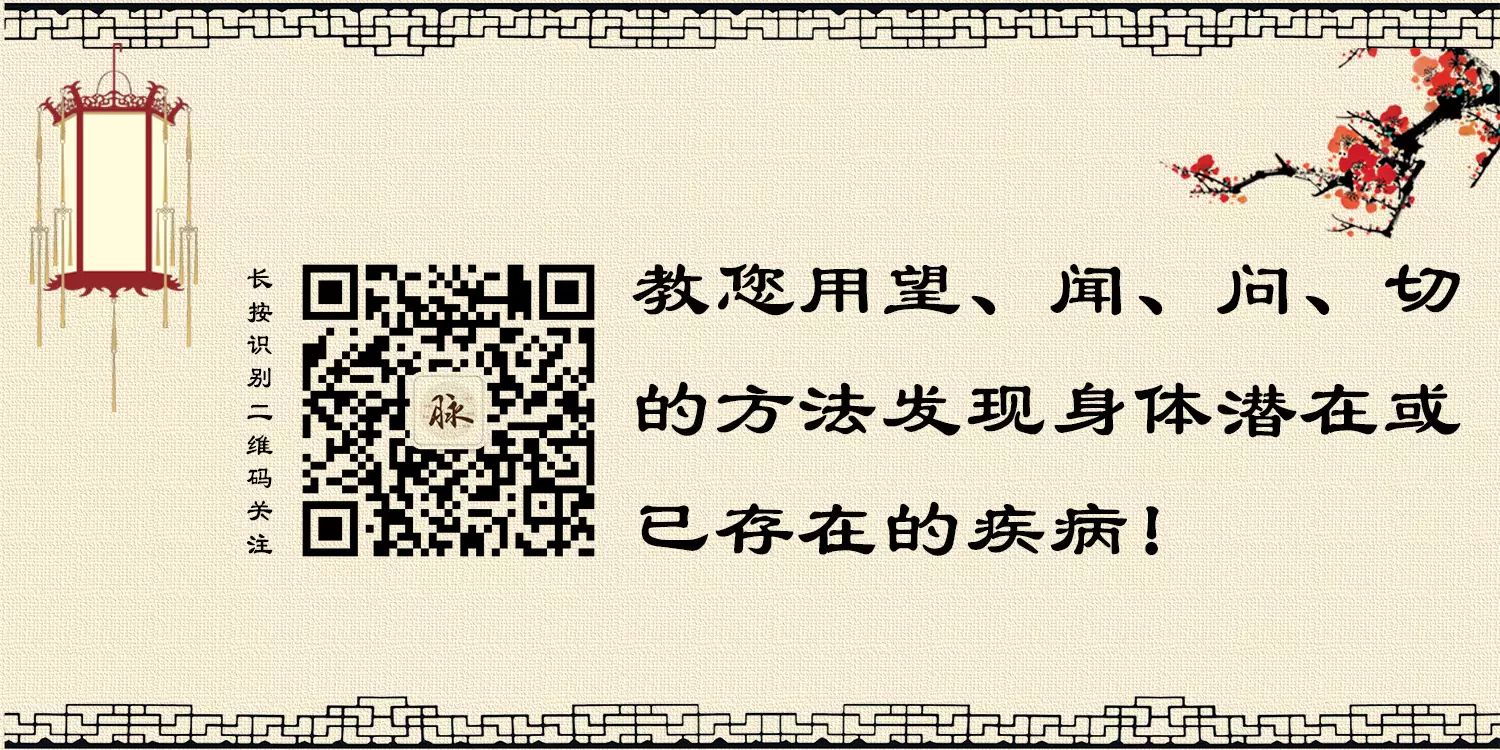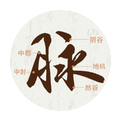【Introduction】Ancient literature records over twenty commonly used pulse patterns, such as floating, deep, slow, rapid, slippery, choppy, weak, strong, soft, wiry, relaxed, weak, knotted, intermittent, hurried, tight, string-like, surging, fine, and minute. Here, we will briefly introduce a few of them as examples.
The pulse is superficial. It can be felt lightly, but pressing harder may slightly reduce its strength. This pulse often indicates an exterior syndrome, suggesting that the disease is located on the surface. A floating tight pulse indicates exterior cold, a floating rapid pulse indicates exterior heat, a strong floating pulse indicates excess on the surface, and a weak floating pulse indicates deficiency. This is commonly seen in the early stages of colds, flu, and various infectious diseases.
Floating Pulse (Fu Mai)

The pulse is superficial. It can be felt lightly, but pressing harder may slightly reduce its strength. This pulse often indicates an exterior syndrome, suggesting that the disease is located on the surface. A floating tight pulse indicates exterior cold, a floating rapid pulse indicates exterior heat, a strong floating pulse indicates excess on the surface, and a weak floating pulse indicates deficiency. This is commonly seen in the early stages of colds, flu, and various infectious diseases. However, it can also present as a weak floating pulse in cases of chronic illness with deficiency or in cases of yin deficiency where yang is not supported.
Deep Pulse (Chen Mai)

The pulse is deep. It is not felt lightly, but can be felt with firm pressure. This pulse indicates an interior syndrome, with a strong deep pulse indicating excess in the interior, and a weak deep pulse indicating deficiency. A deep slow pulse indicates interior cold, while a deep rapid pulse indicates interior heat. A deep choppy pulse suggests qi stagnation and blood stasis, commonly seen in conditions like edema, abdominal pain, chronic illness, and various deficiency diseases.
Hidden Pulse (Fu Mai): This pulse is even deeper than the deep pulse and can only be felt with significant pressure, indicating internal obstruction of pathogenic factors or severe pain or syncope.
Slow Pulse (Chi Mai)

The pulse rate is low, with fewer than four beats per breath (less than 60 beats per minute), indicating a cold syndrome. A strong slow pulse indicates cold accumulation (yang deficiency with excess yin), while a weak slow pulse indicates a cold deficiency syndrome, commonly seen in conditions like heart qi deficiency.
Rapid Pulse (Shu Mai)

The pulse rate is high, with more than six beats per breath (more than 90 beats per minute), indicating a heat syndrome. A floating rapid pulse indicates exterior heat, a deep rapid pulse indicates interior heat, a surging rapid pulse indicates excess heat, and a fine rapid pulse indicates deficiency heat. A wiry rapid pulse often suggests excessive liver fire, commonly seen in febrile diseases or hyperthyroidism. A rapid pulse that is weak may also be seen in qi deficiency.
Extreme Rapid Pulse (Ji Mai): This pulse has seven to eight beats per breath (approximately 120 beats per minute) and often indicates extreme yang exuberance, with yin energy depleting, or a critical condition where the vital energy is about to collapse.




